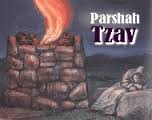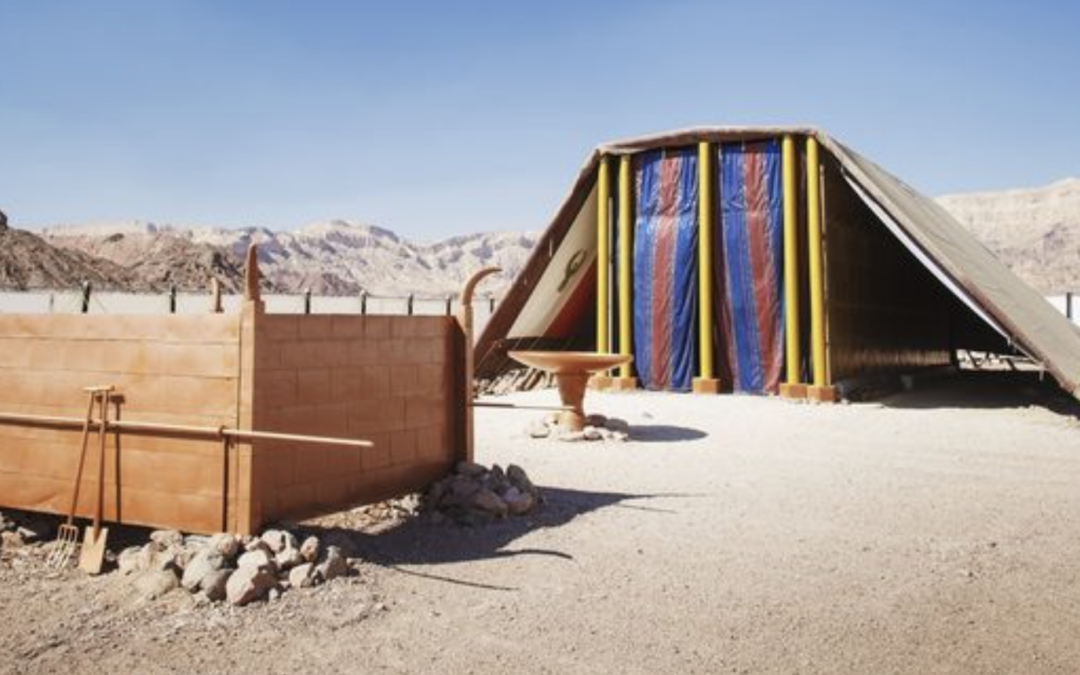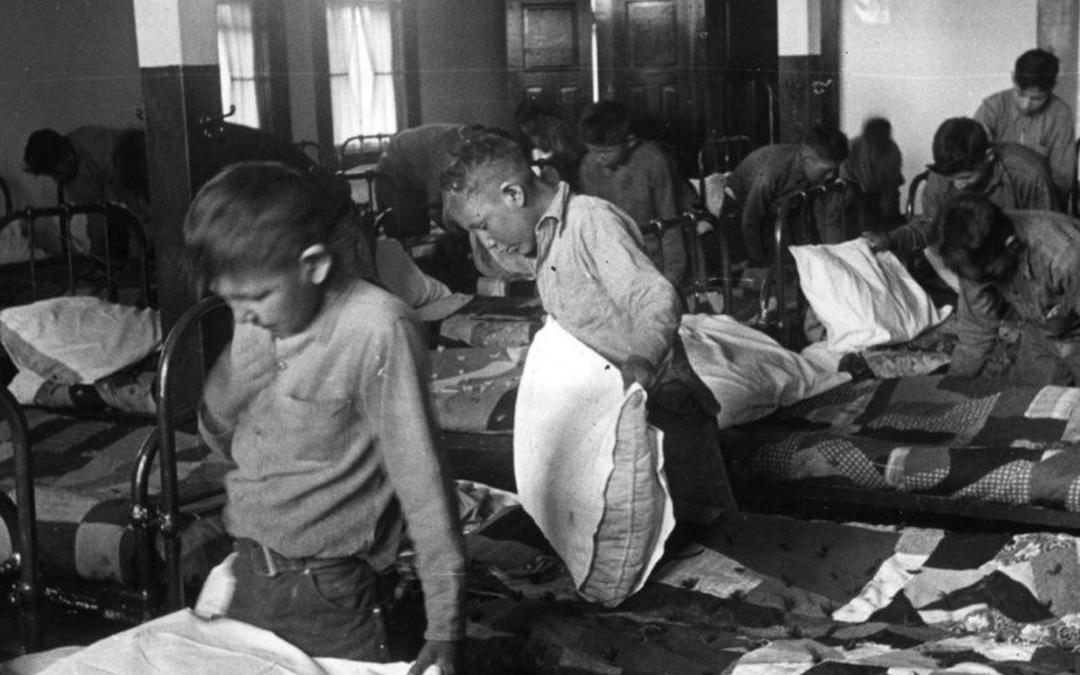 When my daughter was 3-years-old, she chose to wear only skirts and dresses. It fit with her definition of pretty, princess, and fashionable. One Sunday afternoon, my husband asked her if she’d like to join him on an errand to the hardware store. “Yes!” She replied. “But I have to change my outfit first.”
When my daughter was 3-years-old, she chose to wear only skirts and dresses. It fit with her definition of pretty, princess, and fashionable. One Sunday afternoon, my husband asked her if she’d like to join him on an errand to the hardware store. “Yes!” She replied. “But I have to change my outfit first.”
As I remember, three-year-old girls like to change their clothes. A lot. They have recently mastered the skill of dressing and undressing themselves, and with easy access to drawers and closets, they exercise this new sense of independence frequently throughout the day.
“Why do you need to change?” I asked her, thinking of the numerous outfits already on the floor of her room. (This skill, of course, does not yet – or ever – mean they can also refold and put away each outfit they wear. But I digress).
“I can’t wear a pink skirt to the hardware store,” she tells me, in that special tone of disbelief that her own mother is not aware of the fashion rules of hardware stores. “I have to put on jeans.”
In this week’s parashah, Tzav, God tells Moses to command Aaron and his sons, that every morning the priest shall put on his linen outfit and remove the ashes of yesterday’s burnt offering from the altar. After the ashes are removed and placed next to the altar:
He shall remove his garments and he shall wear other garments, and he shall remove the ashes to outside of the camp, to a pure place.
Why is the priest’s first task each morning to remove the ashes from the previous day? And why is the priest commanded to don one outfit to remove the ashes from the altar, and a second set of clothing to remove the ashes from the camp? Moreover, what is the quality or sanctity of “other garments?”
Rashi explains that this comment to change his clothes before removing the ashes from the camp is not an obligation, but rather “derekh eretz” – the proper way to do things.
Just like jeans – rather than pink skirts – are preferable for the hardware store. Or so I was told by a three-year-old.
The priest should know to remove his ceremonial robes before taking out the ashes so as not to dirty them.
The Netziv, a 19th-century rabbi in Lithuania, explained that “other garments” must refer to another priestly outfit, rather than simply ordinary clothes. The Torah would not have specified that, after the priest undressed, he had to dress himself again, unless a particular garment was required for the task of taking the ashes outside the camp. Surely, no one would have thought otherwise that the priest should proceed through the camp without any clothing at all.
So what are we meant to learn from these actions – removing the ashes and putting on sacred clothing in which to do it?
The first is the value of menial tasks and humility. When we are committed and devoted to the lives we have chosen, to our families’ well-being, to our work, we must be willing to perform every job and every task involved. If the priest in God’s holy space can get dressed up to take out yesterday’s garbage, then we too are not above the boring, common chores we must face each day. We may not need to put on lipstick to take out the compost, but we can approach these chores with deliberation and dedication, and not with resentment and tedium.
The second lesson we learn from the commandment to remove the ashes from the altar is to begin each day with a clean slate. Before we can renew our promises for the day to ourselves, to our children or spouse, or to God, the relics of yesterday’s rites and practices must be discarded. By clearing away the residue of yesterday, we can tackle our present obligations with a renewed spirit and vitality.
The priests dressed both to respect the service of God and to fix the proper intention and attitude in performing their sacred duties. They carried the ashes not just off the altar or outside the Mishkan, but completely outside the camp limits.
There is no place for yesterday’s waste when striving for a productive and meaningful today.
Whether in a pink skirt or jeans.
Shabbat Shalom.












